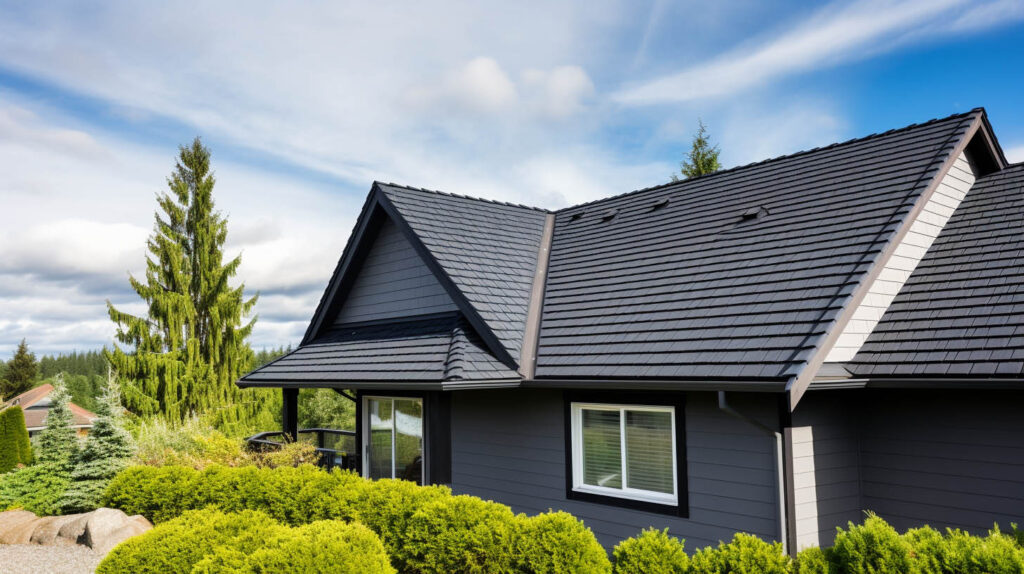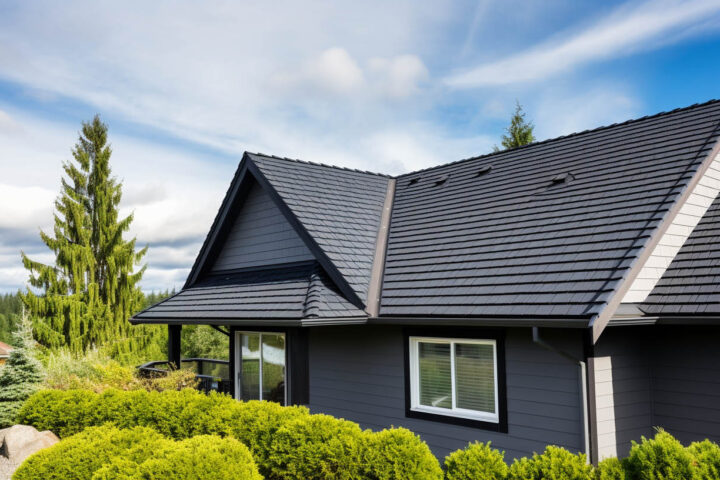Roof pitch is a critical aspect of any roofing project, influencing not only the aesthetic appeal of your home but also its functionality and durability. As experts in roofing, Roof Repair Specialist delves into the intricacies of roof pitch, offering insights to help you make informed decisions for your roofing needs.

What is Roof Pitch?
Roof pitch refers to the angle or slope of your roof, quantified as a ratio of its vertical rise to the horizontal run. This measurement is crucial in determining the appropriate roofing materials and design for your home. A typical roof pitch might be expressed as “4/12”, indicating a four-inch rise for every twelve inches of run.
Common Roof Pitches and Their Implications
The range of common roof pitches varies, typically falling between 4/12 and 9/12. Roofs with pitches lower than 4/12 are considered low-slope, while those exceeding 9/12 are categorized as steep-slope. The choice of pitch impacts not only the visual aspect of your home but also the practicality and efficiency of your roofing system.
Low-Slope Roofs: Challenges and Solutions
Low-slope roofs, with pitches less than 2/12, pose unique challenges. They require specific materials like tar-and-gravel or rubber membrane to prevent water infiltration, a common issue with shallow pitches. Roof Repair Specialist emphasizes the importance of selecting the right materials for low-slope roofs to ensure longevity and effectiveness.
Steep-Slope Roofs: Aesthetic and Functional Benefits
Conversely, steep-slope roofs, with pitches above 9/12, offer distinct advantages. They are less prone to water damage and allow for a wider range of aesthetic choices, such as tiles and shingles. These materials are not only visually appealing but also provide enhanced durability and protection for your home.
Selecting the Right Pitch for Your Climate
Climate plays a pivotal role in determining the ideal roof pitch. In areas with heavy snowfall, flat or low-slope roofs are not advisable due to the risk of snow accumulation and potential structural damage. Similarly, steep-slope roofs may not be suitable in snowy regions as they can lead to snow sliding off the roof unpredictably. Roof Repair Specialist recommends considering local weather patterns when choosing your roof pitch to ensure optimal performance and safety.
Conclusion: Making an Informed Choice
Selecting the right roof pitch is a balance of aesthetic preferences, material practicality, and climate considerations. Whether you’re considering roofing in Los Angeles or elsewhere, it’s essential to consult with experienced roofing contractors in Los Angeles to make an informed decision. With the right guidance and expertise, you can choose a roof pitch that not only complements your home’s design but also offers long-term functionality and protection.




